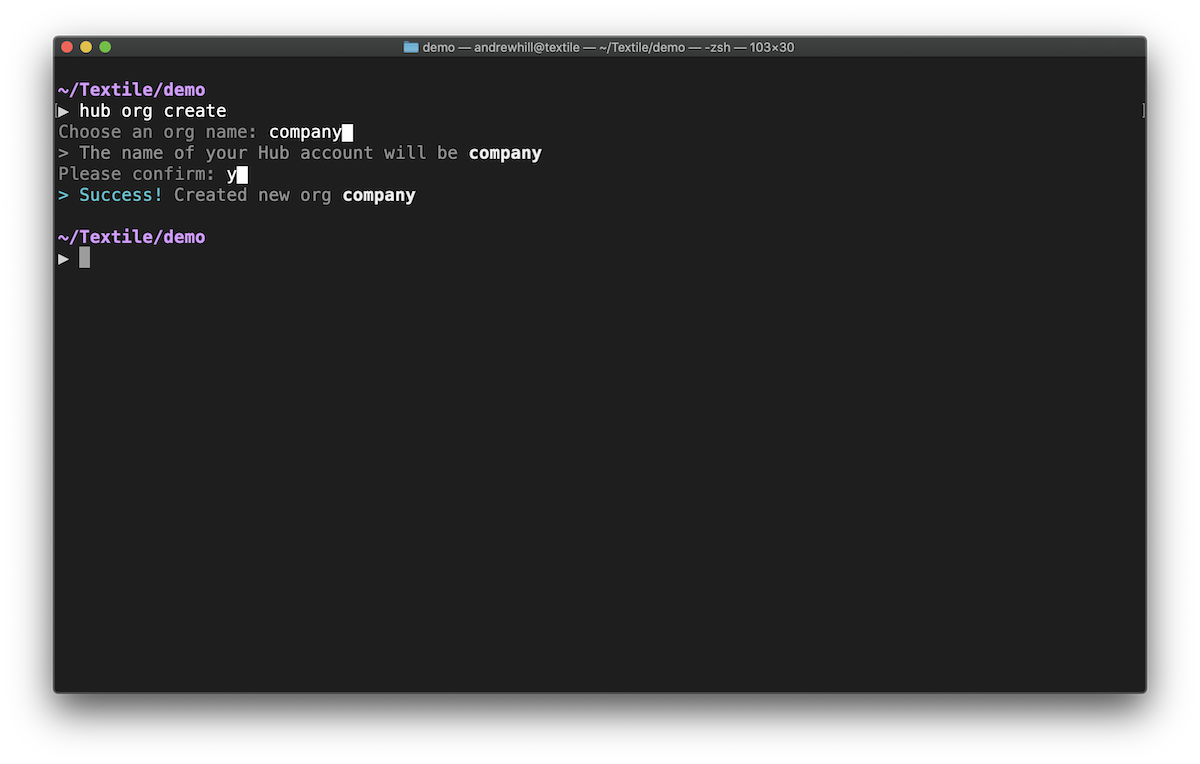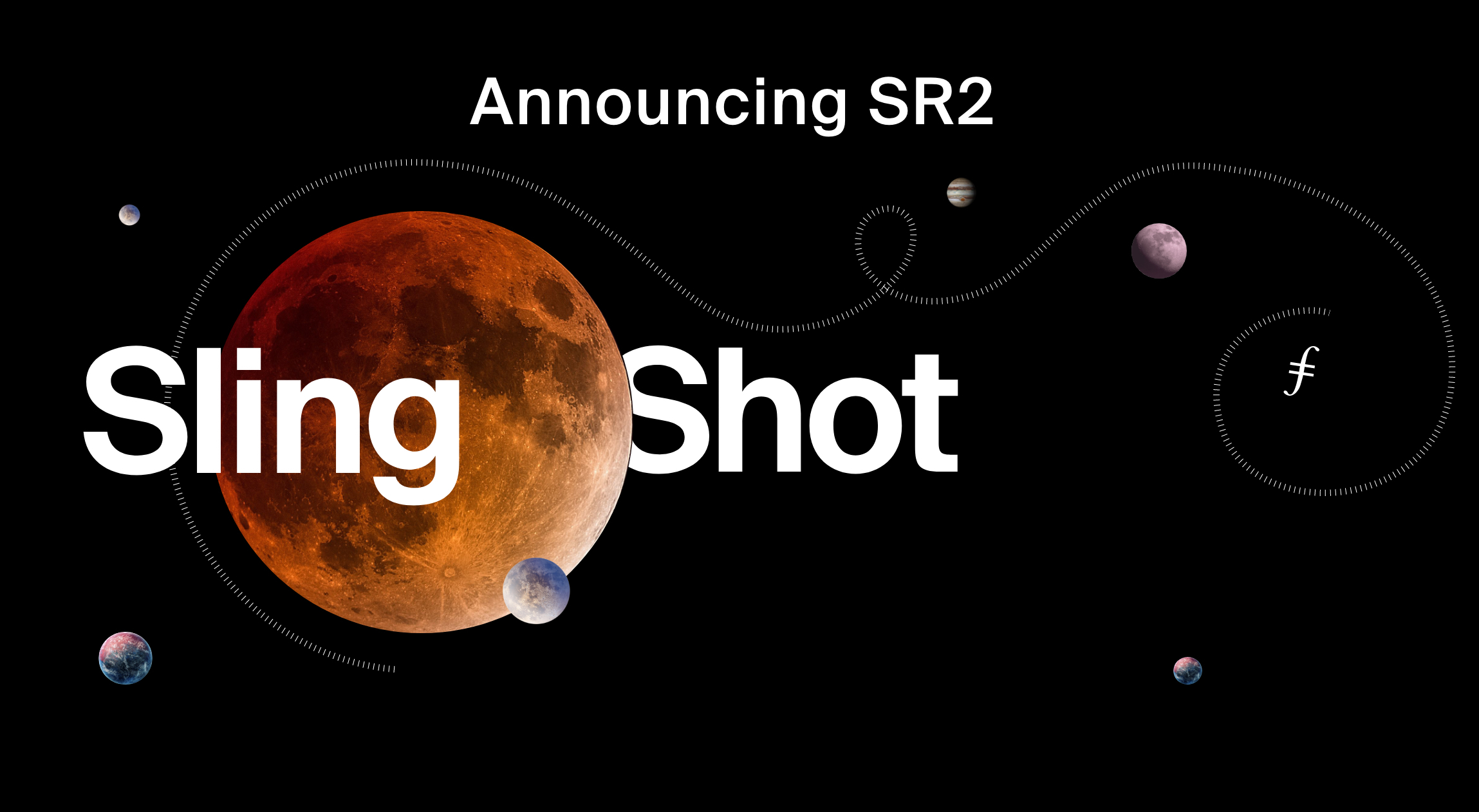So many hackathons, so many ideas: here are 10 great ways to use Textile in your project
We are taking part in more and more Textile events, from hackathons to incubators, and conferences to accelerators. The community is flourishing, and it's awesome to have a front-seat to all the growth. For all those new developers dipping a toe into the web3 and decentralized technology space, I wanted to share a list of ten ideas that can help you think of exciting ways to use Textile.
1. Send encrypted offline messages between your users.
Secure, flexible, offline messages for users or peers on a network are tricky. You want to build a p2p app, but then you need to figure out this missing link. To help you move quickly past this challenge, Textile offers the user mailbox API, where any encrypted messages can be left for app users or devices based only on their public key. The mailbox API is perfect for offline messages, secure invite exchanges, and more.

2. Share private files over IPFS using path-based permissions.
Encryption and privacy are topics that come up in discussions of IPFS often. Many people face a common challenge because they want to store encrypted data on IPFS while maintaining the flexibility of sharing readable data. Textile's buckets make it easy to encrypt folders you publish to IPFS. Bucket encryption uses the full power of the DAG to enable path-based permission then. For any path within a folder, you can assign peers (or the world) with read and write capabilities.

Here's a live example of a single file with public read access within an encrypted folder.
3. Keep your app's IPFS data online at all times.
Buckets are designed to help developers (and applications) create, push, and sync folders of data on IPFS. When content addresses get you down (and wondering how the world was ever dynamic), buckets are here to lift you, take you by your shoulder, and get you moving forward again. Buckets are just folders on IPFS with systems that help you update them and track their changes. Extending buckets, the Textile Hub gives you a simple way to push those buckets to remote, always-on, IPFS peers.

4. Join Filecoin Testnet in under 5 minutes.
Filecoin mainnet is getting closer every day. If you want an easy and fast way to test the network and see what it can do, the Textile command-line tool is an excellent option for you. You are literally 3 or 4 steps and less than 5 minutes away from creating deals on the Filecoin testnet. Experiment with the network and start to understand how you can use it today. Or, join the Slingshot Competition and win ridiculously generous rewards for pushing data to the network.

5. Publish a website over IPFS, IPNS, and HTTPS, all at the same time.
Once you've got data on IPFS, the next developers often want to do is publish it. We try to design the Textile tools to be flexible and cross-protocol wherever possible. When you create a non-encrypted bucket, you are using the bucket protocol and a handful of IPFS protocols together. In addition, the Textile Hub provides you three easy ways to access that bucket.
- The CID (like any typical IPFS data) for the current bucket root.
- A distinct IPNS address that will always point to your latest bucket contents.
- An HTTPs subdomain on the Textile gateway, providing you a simple URL for your bucket.

6. Synchronize databases between users or devices over IPFS.
One of the oldest technologies built by Textile is a database synchronization tool called ThreadDB. Threads can be used in any Go or JavaScript application to synchronize databases between multiple peers or devices. The data in Threads is stored on IPFS, and the synchronization happens over HTTP, Libp2p, and gRPC.

7. Leverage IPFS and Filecoin from within your mobile or web app.
All Textile APIs are available from web or mobile applications using our JavaScript client. The client is designed to make it simple to embed in your application, using secure API keys and user sessions so that you can leverage buckets, threads, mailboxes, and Filecoin from your application quickly. We have a handful of simple examples to get you started or check out the @textile/hub documentation to learn about it all.

8. Migrate any IPFS content to Buckets with a single command or to Filecoin with two commands.
Buckets and more buckets. With all the features mentioned above, you might wonder how you can move existing IPFS content to dynamic buckets? The answer is easy. Take a look at these two commands, one written in shell and the second written in JavaScript, to see how you turn your IPFS CID into a bucket (encrypted in these examples).
hub buck init --private --cid bafybeidgo43ky4yiuwbhl3e3w5jtihecizyziqncr5nsqlketwze5jkzkiawait buckets.create('example', true, 'bafybeidgo43ky4yiuwbhl3e3w5jtihecizyziqncr5nsqlketwze5jkzki')9. Add IPFS and Filecoin to your continuous integration.
Okay, so you are building an app that will leverage IPFS or Filecoin. Wouldn't it be nice if you could access them in your CI? We do it all the time at Textile, and we have a handful of tools that can help you do it too. For Filecoin, we have an entirely local, mocked network called Localnet that is perfect for running in your CI. For Buckets and IPFS, we have a helpful GitHub action for you to build with to automate data updates based on any of your GitHub triggers.

10. Help secure the world's data on a decentralized network.
We are creating data today that can be a gift to the future generations of humanity. Data that can help describe our environment, society, knowledge, and more. Unfortunately, much of the data we create is thrown away or at risk of being lost. Textile is working hard to help deliver the Filecoin network to the masses. If you want to get involved, start adding data to the network today, and join the Slingshot Competition to compete for rewards for doing so.



